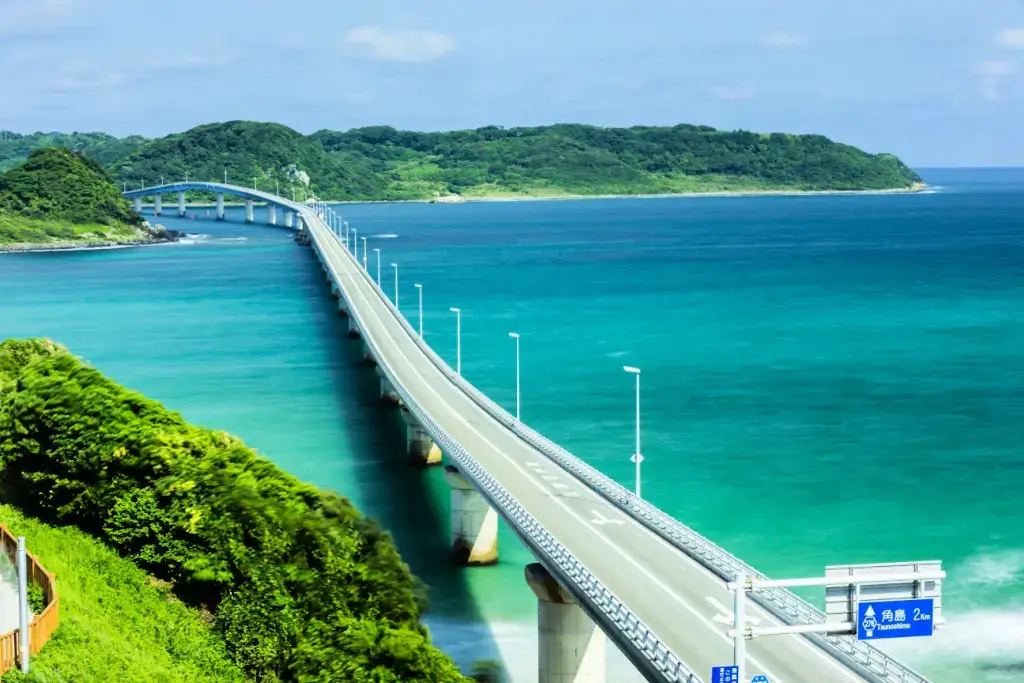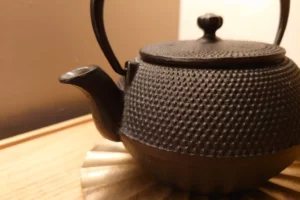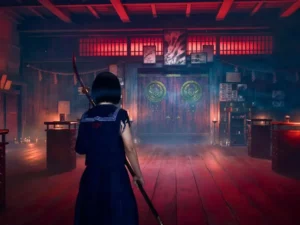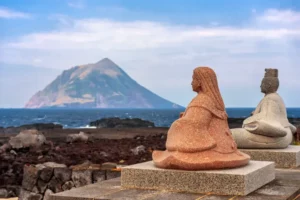The Chuugoku region of Japan is a hidden gem full of diverse experiences, natural wonders, and historical sites. From sand dunes to serene gardens, this region offers something for every traveler. Visitors can explore ancient samurai towns, relax in Japan’s oldest hot springs, and admire art in museums. Discover why this region is becoming a must-visit destination for tourists seeking a one-of-a-kind Japanese experience!
Table of Contents
ToggleTottori Prefecture
Tottori Prefecture, located along the Sea of Japan, is home to Japan’s largest sand dunes, which visitors can sandboard on. It is also famous for its sacred mountains. Visitors can enjoy the region’s hot springs, explore ancient ruins, and learn about Tottori’s history. Jinpukaku Hall, a French Renaissance-style mansion, and the Watanabe Art Museum, featuring an extensive samurai armor collection, are must-visit historical sites.

Tottori also has beautiful coastal spots like Hakuto Beach, famous for the White Hare of Inaba legend. The beach is near Hakuto Shrine, known for bringing luck in love. The Tottori Sand Museum is the world’s first indoor museum dedicated to sand sculptures, featuring beautiful creations that change annually. With its blend of history, culture, and natural beauty, Tottori offers visitors a unique travel experience unlike the rest of Japan!
Shimane Prefecture
Shimane Prefecture is a place full of natural beauty. The Iwami Ginzan Silver Mine once produced a significant portion of the world’s silver. Visitors can explore the mine’s tunnels, learn about traditional mining methods, and visit nearby attractions like Omori’s samurai town and Yunotsu’s hot springs. The Nima Sand Museum showcases “singing sand” and houses the world’s largest hourglass, which takes a year to empty.
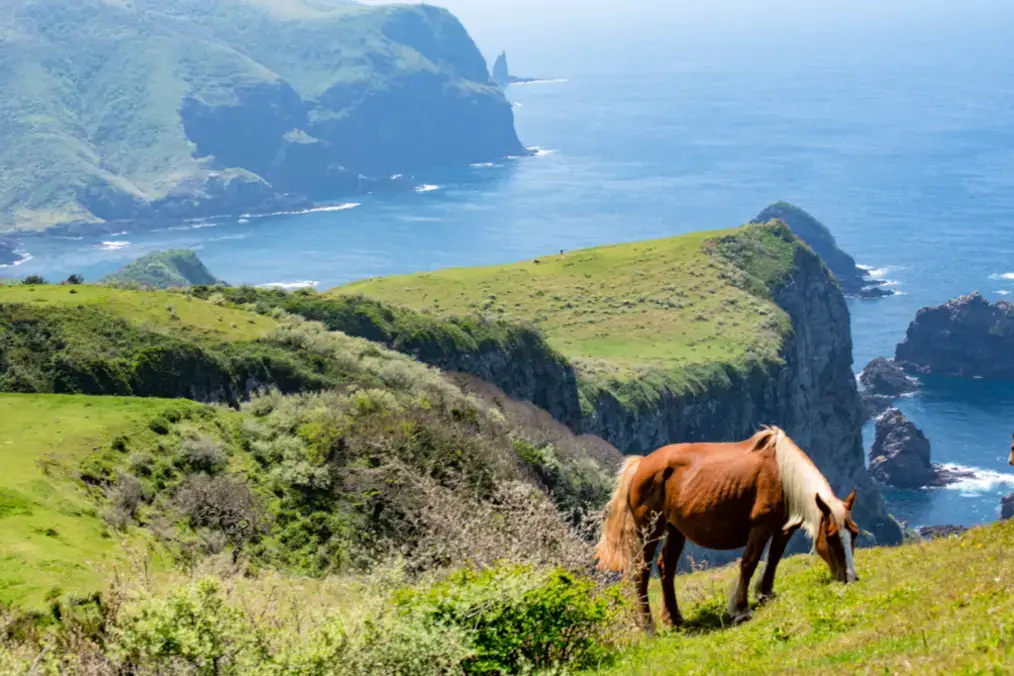
Tamatsukuri Onsen, known as the “hot water of god,” is one of Japan’s oldest hot springs. Visitors can relax in ryokan along the Tamayu River and experience traditional bead-making. The Adachi Museum of Art showcases stunning Japanese gardens and a remarkable collection of twentieth-century art. Additionally, Izumo Taisha, one of Japan’s most significant shrines, honors the deity of marriage and features a grand shimenawa rope along with various rituals.
Are you looking for great snacks while exploring Japan’s islands? Check out Sakuraco! Every month, Sakuraco delivers delicious Japanese snacks, teas, and sweets from Japan so you may enjoy them at home.
Okayama Prefecture
Okayama Prefecture is famous for its sunny climate and the legendary Momotaro story. The prefecture is home to Kurashiki City, known for its Edo-period architecture and canals. Inujima has history and modern art, integrating old industrial ruins with contemporary art. Korakuen Garden is full of seasonal beauty and is linked to Okayama Castle, which offers hands-on experiences like kimono-wearing and Bizen pottery workshops.
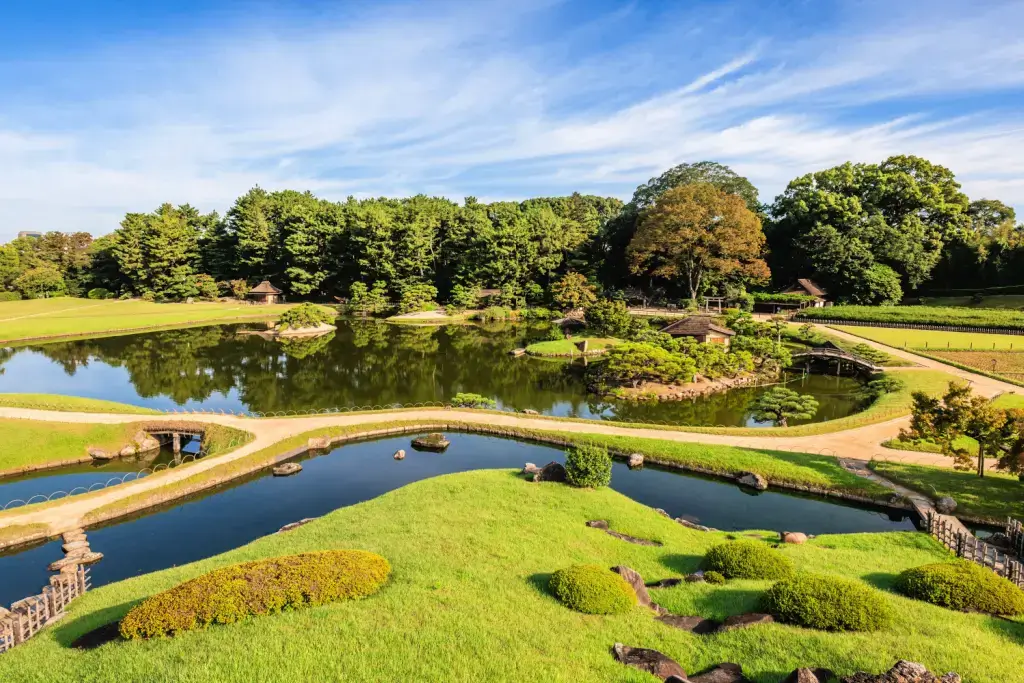
Kibitsu Shrine is connected to the Momotaro legend and is a key spiritual site in Okayama Prefecture. The shrine is renowned for its Kibitsu-zukuri architecture and its long-covered corridor. Visitors can explore legendary sites associated with Prince Kibitsuhiko and experience the Narukama Shinto ritual. The shrine also hosts vibrant festivals in May and October that draw many visitors.
Hiroshima Prefecture
Hiroshima is notable for its strength, history, and beauty. Key attractions include Miyajima Island, famous for the “floating” torii gate, and Peace Memorial Park, which symbolizes hope for peace. Hiroshima Castle offers insights into the city’s feudal past. Nature lovers can explore Shukkeien Garden or hike through Sandankyo Gorge to discover stunning waterfalls. Hiroshima also has delicious food like Hiroshima-style okonomiyaki and anago.
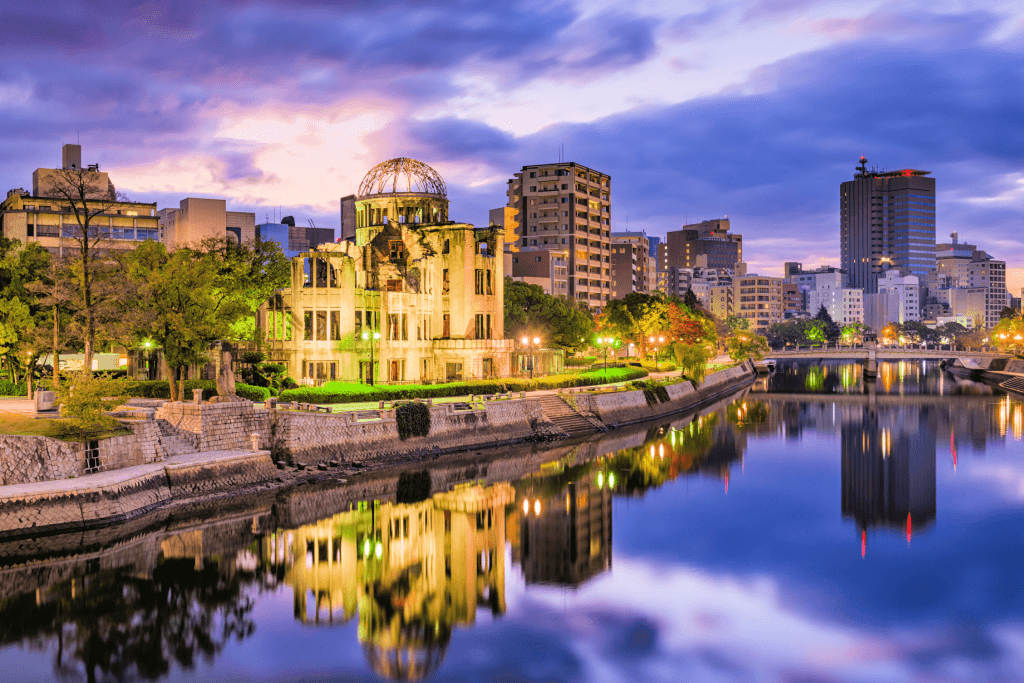
Beyond Hiroshima, the Setouchi region is celebrated for Sanuki udon noodles and citrus fruits. Mikan nabe, a hot pot dish featuring mandarin oranges, showcases the region’s unique flavors. Hiroshima also has a vibrant arts scene, with traditional crafts like Miyajima Osuna Pottery and Kagura dance, which tells Shinto stories through music and performance. These experiences make Hiroshima an enriching destination for any traveler.
Yamaguchi Prefecture
Yamaguchi Prefecture is famous for its gardens, history, and natural beauty. Motonosumi Shrine, with its 123 red torii gates lined along the coast, offers visitors a picturesque experience. Akiyoshido, one of Japan’s largest limestone caves, provides an underground adventure with its constant cool temperature. Tsunoshima Island is a paradise for outdoor enthusiasts, offering activities like fishing, camping, and exploring its lighthouse.
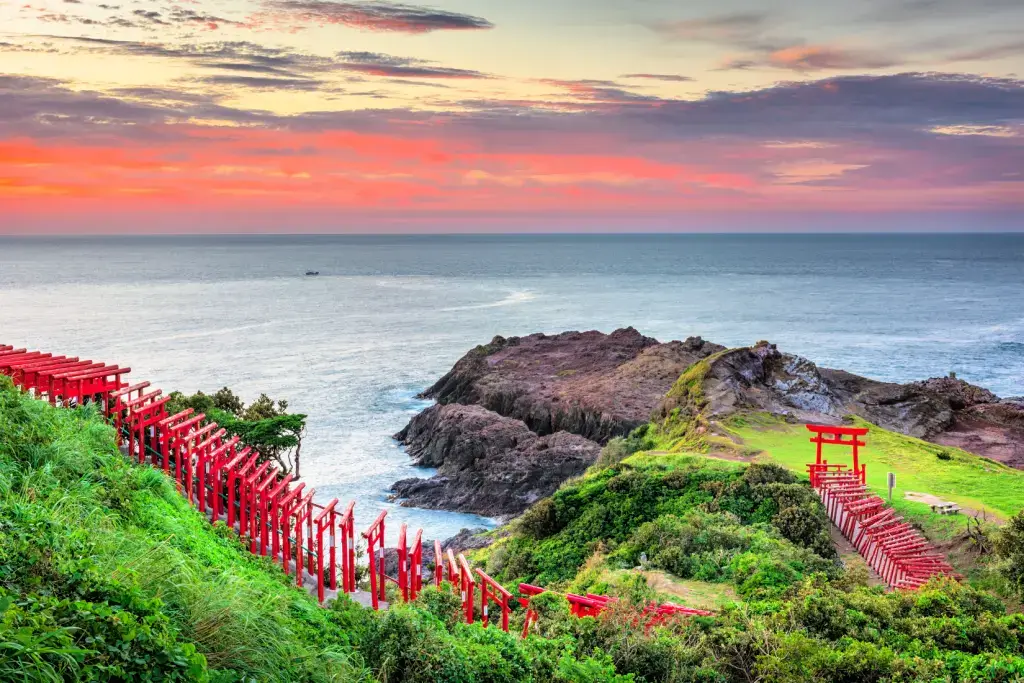
Senjojiki, a scenic grassland overlooking the Sea of Japan, is perfect for enjoying seasonal flowers and the sea breeze. This spot is also popular among campers for its beautiful starry nights, and the view of fishing boats lit up at sea. The Akama Shrine in Shimonoseki also has striking red roofs and offers a glimpse into Japanese history and religion. Nearby, visitors can explore Karato Market, which is known for its fresh seafood and local delicacies.
Why should I visit the Chuugoku region?
You should visit the Chuugoku region because it offers an opportunity to experience Japan’s history and diversity. In Tottori Prefecture, you can enjoy Japan’s largest sand dunes, explore coastal shrines, and explore historic sites like Jinpukaku Hall. Shimane Prefecture allows visitors to walk through silver mines, soak in hot springs, and visit shrines. In Okayama, the region’s climate enhances attractions like Korakuen Garden and Kurashiki’s historic quarter.
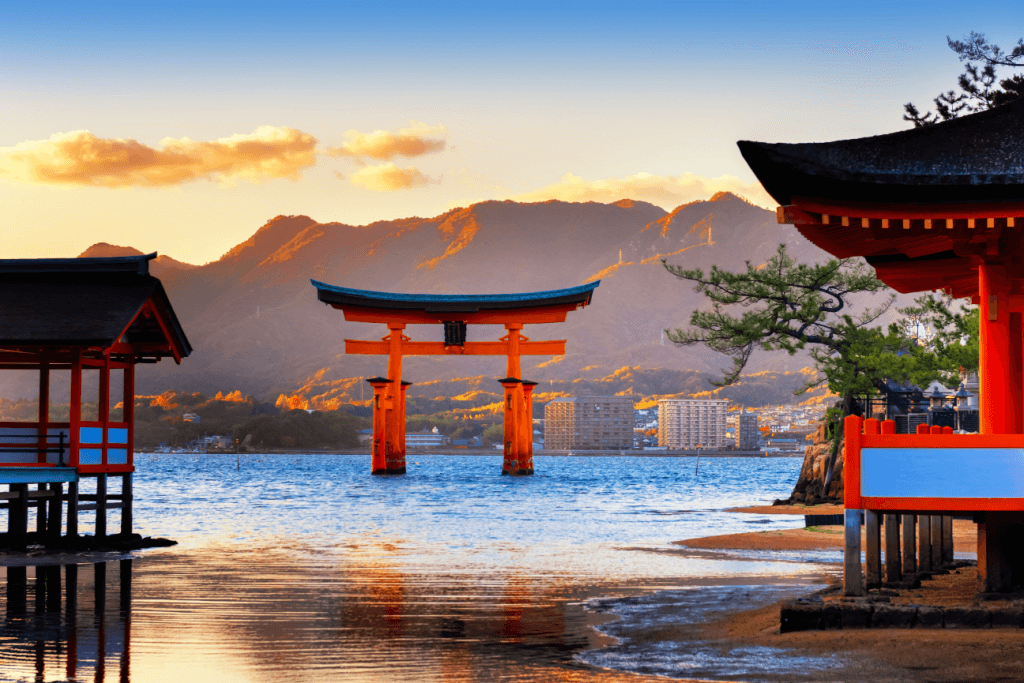
Hiroshima’s Peace Memorial Park reminds us of the city’s past while offering hope for the future, and Miyajima Island’s torii gate is a must-see! Yamaguchi Prefecture’s coastal views at Motonosumi Shrine offer a peaceful escape from the cities. The region’s food, from okonomiyaki to Setouchi cuisine, provides a taste of unique Japanese food. The Chuugoku Region allows all to enjoy history, culture, and nature that other regions can’t match. Have you ever been to the Chuugoku Region? Where did you go? Let us know in the comments below!

